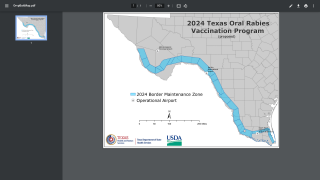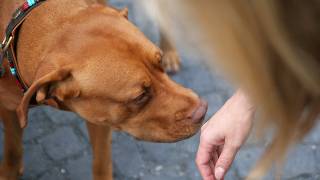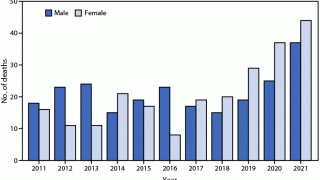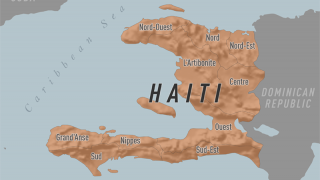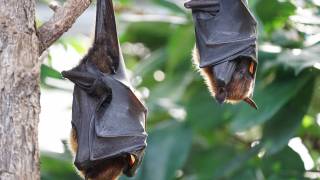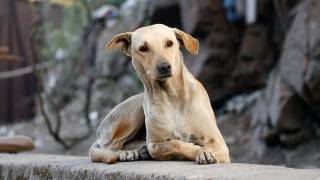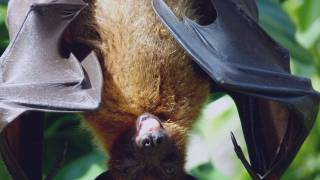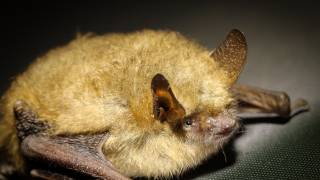India’s Rabies Vaccine Shortages May Be Gone Forever
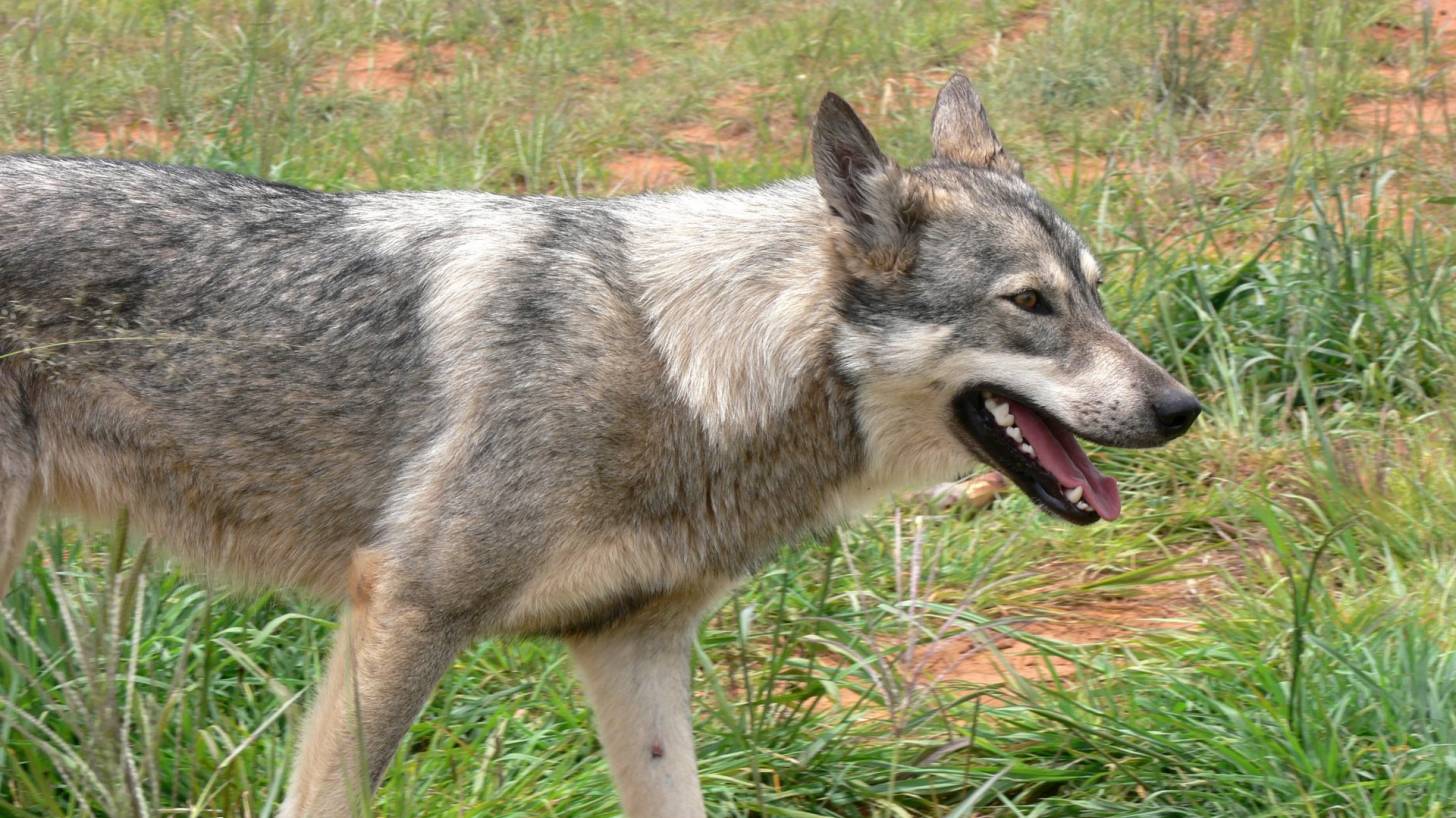
Following concerns of dwindling anti-rabies vaccines, the relaunch of the Rabipur vaccine is expected to eliminate potential shortages of this life-saving vaccine.
Now named ChiroRab, it was relaunched on November 13, 2019, by Chiron Behring Vaccines, part of Bharat Biotech International Ltd.
ChiroRab is a purified chick embryo cell anti-rabies vaccine. It has been evaluated in over 25 controlled clinical trials in various countries and in more than 7,000 subjects, said Bharat Biotech, in an Economic Times news article.
An ongoing phase 3 clinical study was last updated on October 4, 2019.
“In our ongoing commitment to address the supply shortages of rabies vaccine, we are making additional investments to increase production capacities to over 15 million doses annually,” said Dr. Krishna Ella, CMD, Bharat Biotech.
This is important news since rabies is a serious disease caused by a virus. Humans get this virus when bitten by infected animals, such as dogs or bats.
The rabies virus causes about 40,000 – 70,000 fatalities each year.
"The launch of the vaccine is 'very timely' for a country like India,” said Dr. Renu Swarup, secretary, Department of Biotechnology, Government of India.
“With this kind of capacity enhancement, I am sure that the shortage of rabies vaccine would be addressed through this venture,” Dr. Swarup said.
Previously, the Indian states of Jharkhand, Andhra Pradesh, Madhya Pradesh, West Bengal, Maharashtra, Arunachal Pradesh, Manipur were reported to face vaccine shortages.
According to the World Health Organization (WHO), roughly 36 percent of the world’s rabies deaths occur in India each year, most of those when children come into contact with infected dogs.
WHO experts say that the main constraint to rabies elimination in India is the lack of coordination and the lack of a comprehensive national program.
They agree that since India shares borders with 6 countries that are all rabies endemic, it is essential that India’s rabies control efforts are coordinated regionally.
Other Asian countries, such as Sri Lanka and Thailand, have made progress by taking a nationally coordinated approach, says the WHO.
Recent rabies vaccine news
- November 3, 2019 – Israel and New Jersey-based companies announced the results of their Phase 2/3 study for KEDRAB®, a human Rabies Immune Globulin. In a press release on October 29, 2019, Kamada Ltd. and Kedrion Biopharma said the 2017 U.S. Food and Drug Administration approval of KEDRAB for post-exposure prophylaxis (PEP) against rabies infection was based on the results of this study, which demonstrated that KEDRAB was non-inferior to the comparator HRIG product.
- October 30, 2018 – A small, dose-escalation Phase I clinical trial with the novel mRNA-based rabies vaccine, CV7202 has launched in Germany. This is the 1st in human study of CureVac AG’s naturally optimized mRNA technology delivered using a lipid nanoparticle, tailored to provide the vaccine with a strong, safe and persistent immune response.
Although human deaths from rabies are now rare in the USA, each year interactions with suspect animals result in the need to observe or test hundreds of thousands of animals and to administer rabies postexposure prophylaxis to 30,000 to 60,000 persons, says the US Centers for Disease Control and Prevention (CDC).
The rabies vaccine is given to people at high risk of rabies to protect them if they are exposed. It can also prevent the disease if it is given to a person after they have been exposed.
The rabies vaccine should be administered under 2 situations.
1. The preventive vaccination schedule for rabies is 3 doses:
- People at high risk of exposure to rabies, such as veterinarians, animal handlers, rabies laboratory workers, spelunkers, and rabies biologics production workers should be offered rabies vaccine.
- People whose activities bring them into frequent contact with rabies virus or with possibly rabid animals.
- International travelers who are likely to come in contact with animals in parts of the world where rabies is common.
2. Vaccination after rabies exposure:
- Anyone who has been bitten by an animal, or who otherwise may have been exposed to rabies, should clean the wound and see a doctor immediately. The doctor will determine if they need to be vaccinated.
- A person who is exposed and has never been vaccinated against rabies should get 4 doses of rabies vaccine – one dose right away, and additional doses on the 3rd, 7th, and 14th days. They should also get another shot called Rabies Immune Globulin at the same time as the first dose.
- A person who has been previously vaccinated should get 2 doses of rabies vaccine – one right away and another on the 3rd day. Rabies Immune Globulin is not needed.
There are 2 interchangeable, equally safe, rabies vaccines available in the USA. Both vaccines contain inactivated rabies virus.
- HDCV vaccine (Imovax) is produced in human diploid cell culture.
- PCECV vaccine (RabAvert) is produced in chick embryo cell culture. Both types are considered equally safe and effective.
Any vaccine can cause side effects, which should be reported to a healthcare provider asap.
Rabies vaccine news published by Vax-Before-Travel
Our Trust Standards: Medical Advisory Committee
- A Clinical Study to Evaluate Immune Responses to Rabies Vaccine in Adults Who Received Different Primary Rabies Vaccination
- 30 years of rabies vaccination with Rabipur: a summary of clinical data and global experience
- Bharat Biotech's subsidiary Chiron Behring launches anti-rabies vaccine Read more at: //economictimes.indiatimes.com/articlesho
- Indian firm relaunches anti-rabies vaccine
- WHO: India’s ongoing war against rabies
- CDC: Rabies Vaccine

